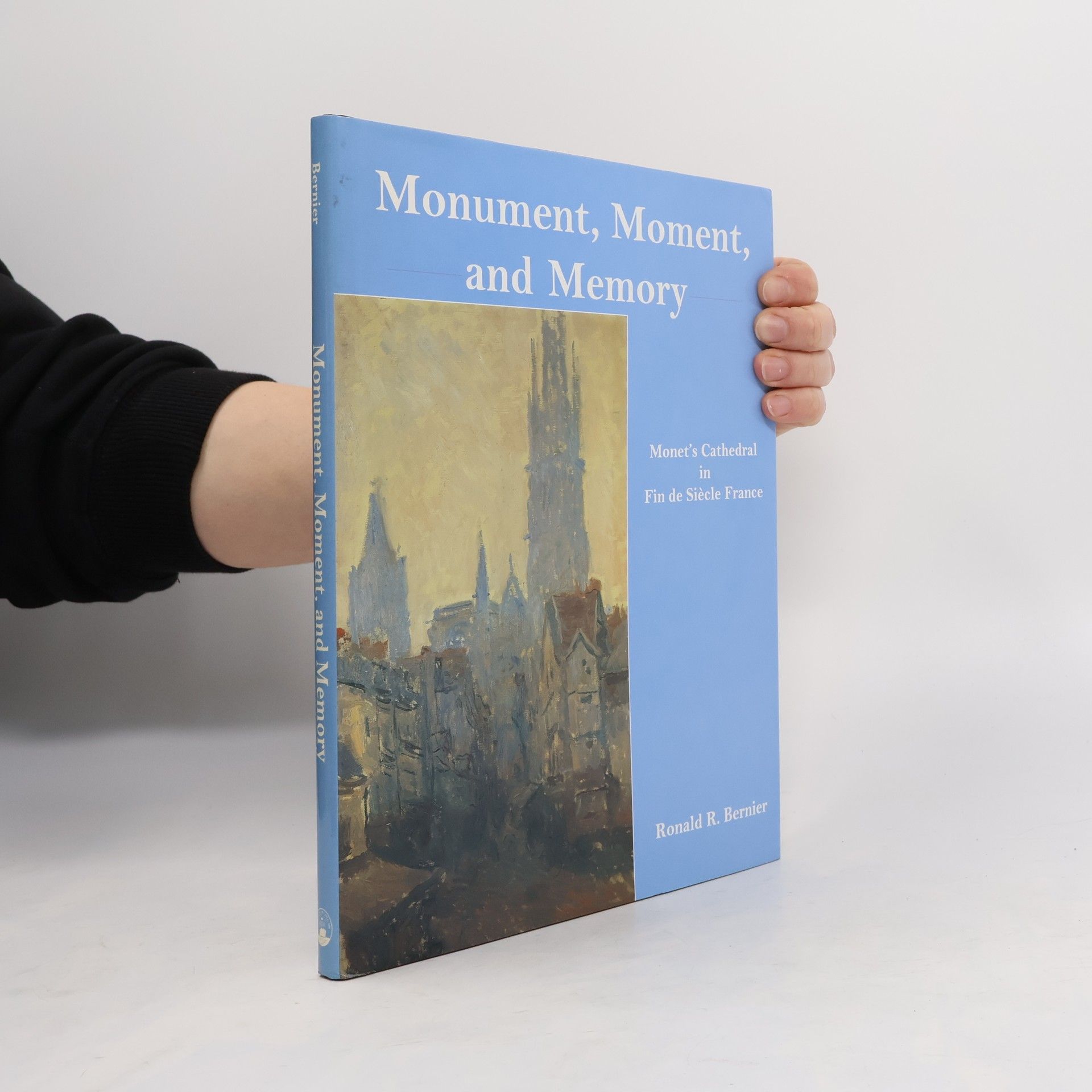Monument, Moment, and Memory
- 112pages
- 4 heures de lecture
By the end of the nineteenth century, a mode of painting captured instantaneity had come to be seen as an appropriate and characteristically Impressionist means of depictin its subject, when that subject was understood to be our variable perception in nature. In May of 1895, however, capriciously it seemed to some, to the facade of a Gothic cathedral. Struck by the curious choice a medieval monument as subject matter, critics, used to about instantaneity, continued to lay emphasis on a theme of temporality, and this was addressed in two but related ways. First, there was the matter of perception - the temporality that is involved in engaging visually with near impenetrable surfaces of individual canvases...

